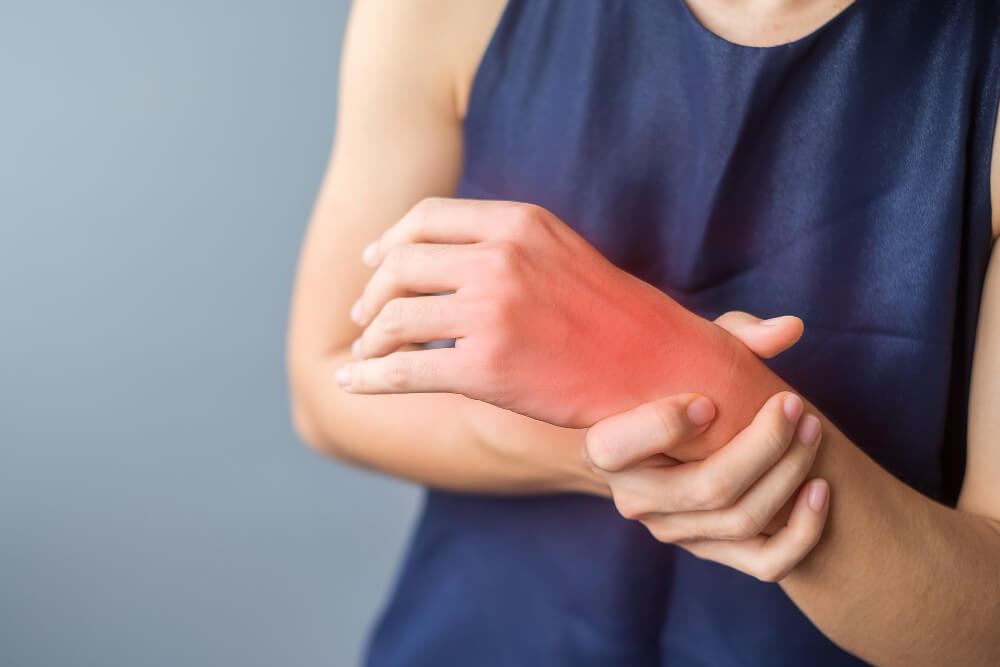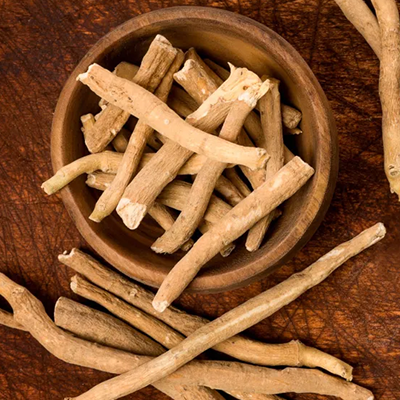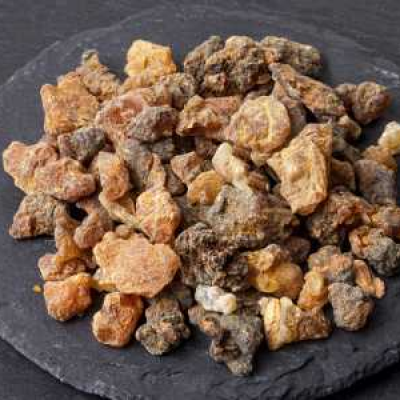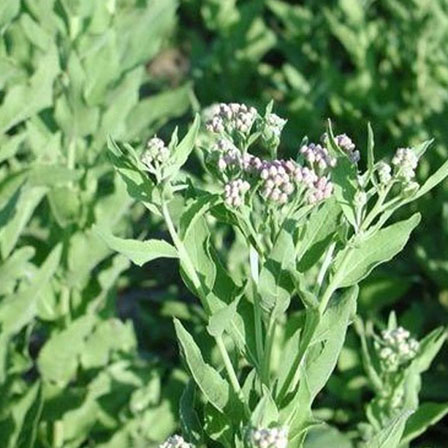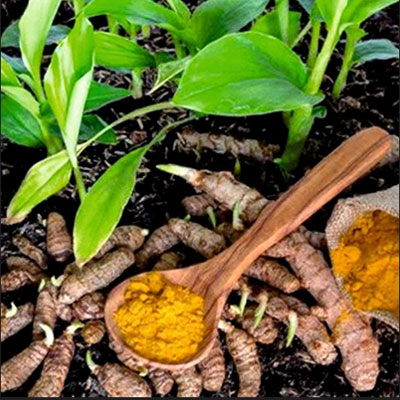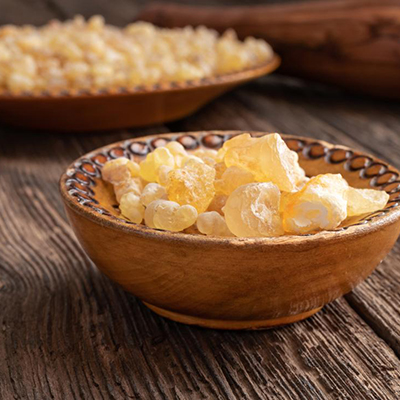Tenosynovitis is the inflammation of the tendon (the structure that connects muscles to bones) and its surrounding synovial sheath (a protective covering filled with fluid that allows the tendon to move smoothly). This condition can cause pain, swelling, and difficulty moving the affected joint. It commonly affects areas like the wrists, hands, fingers, ankles, and feet.
Causes of Tenosynovitis
Repetitive Motion or Overuse
- Typing, texting, or repetitive hand movements.
- Sports activities like tennis, running, or gardening.
Injury or Trauma
- Direct injury to the tendon or joint area.
Infections
- Bacterial infections from cuts or puncture wounds near the tendon.
Underlying Health Conditions
- Rheumatoid arthritis, gout, or diabetes can predispose a person to tenosynovitis.
Improper Posture or Ergonomics
- Poor posture while working or exercising.
Signs and Symptoms
Pain
Localized pain near the affected tendon, especially during movement.
Swelling and Tenderness
- Swelling around the tendon or joint.
- Tenderness when touched.
Stiffness
Difficulty moving the affected joint or area.
Creaking or Grating Sensation
A "creaky" feeling when the tendon moves.
Redness or Warmth
The area may appear red or feel warm if inflammation is severe or if an infection is present.
Common Types of Tenosynovitis
De Quervain's Tenosynovitis
- Affects tendons in the thumb, causing pain when gripping or twisting.
Trigger Finger
- Causes a finger to get stuck in a bent position due to inflammation.
Infectious Tenosynovitis
- Caused by bacterial infection, requiring immediate medical attention.
Diagnosis
Physical Examination
Checking for pain, swelling, or restricted movement.
Imaging Tests
- Ultrasound: To visualize inflammation.
- X-rays or MRI: To rule out fractures or other conditions.
Laboratory Tests (in case of infection)
- Blood tests or fluid analysis to detect bacterial infection.
Ayurvedic Perspective
In Ayurveda, tenosynovitis can be understood as a Vata-Pitta disorder affecting the Snayu (ligaments/tendons) and Sandhis (joints). It is linked to:
- Vata Dosha: Causes pain, stiffness, and restricted movement.
- Pitta Dosha: Leads to inflammation, redness, and warmth.
It is classified under Mamsagata Vata (muscle-related disorders) or Snayugata Vata (ligament/tendon disorders).
Ayurvedic Treatment for Tenosynovitis
External Therapies
Abhyanga (Oil Massage):
- Using medicated oils like Mahanarayan Taila or Dhanvantaram Taila to reduce stiffness and improve mobility.
Svedana (Fomentation):
- Applying heat using steam or a herbal poultice (Pinda Sweda) to relieve pain and swelling.
Lepa (Herbal Paste Application):
- Applying pastes made of Shigru (Moringa), Guggulu, or Turmeric to reduce inflammation.
Panchakarma Detoxification
- Virechana (Purgation Therapy): To remove Pitta-related toxins causing inflammation.
- Basti (Enema Therapy): Medicated oil or decoction enemas to balance Vata and improve joint health.
Diet
- Follow a Vata-Pitta pacifying diet:
- Include warm, cooked foods like soups and stews.
- Avoid cold, dry, and spicy foods.
- Consume anti-inflammatory spices like turmeric and ginger.
Lifestyle:
- Maintain proper posture during activities.
- Perform gentle stretching exercises like Yoga (e.g., wrist stretches, child’s pose).
- Avoid overuse of the affected area.
Herbal Remedies
Ashwagandha (Withania somnifera)
Reduces inflammation and strengthens tendons.
Guggulu (Commiphora mukul)
Anti-inflammatory and pain-relieving.
Rasna (Pluchea lanceolata)
Relieves pain and improves joint health.
Haridra (Turmeric)
Natural anti-inflammatory herb.
Shallaki (Boswellia serrata)
Effective in reducing swelling and restoring mobility.
Ayurveda can help these by:
- Reducing long-term inflammation.
- Enhancing recovery.
- Preventing recurrences through holistic approaches.
Always consult an Ayurvedic practitioner for a personalized treatment plan.


